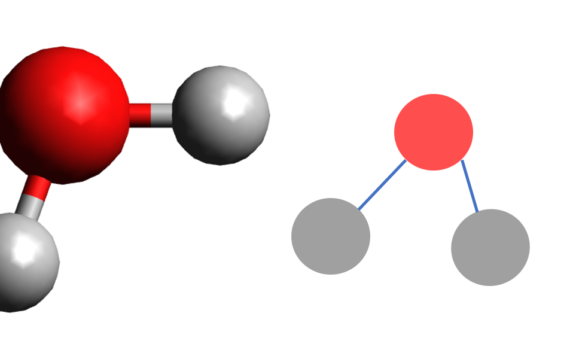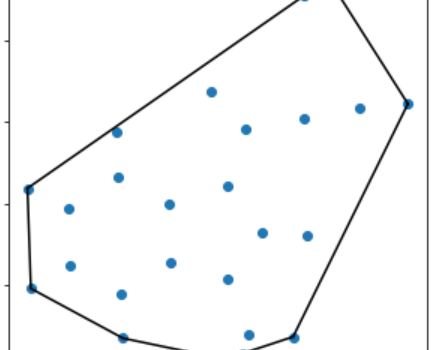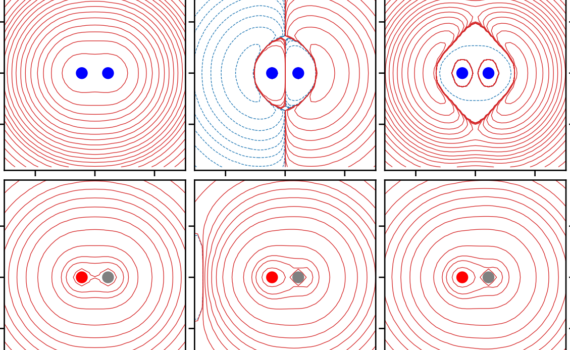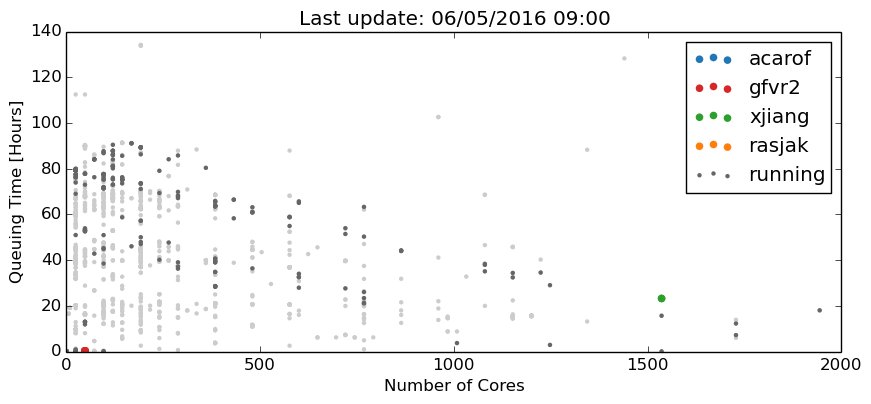Molecules are commonly treated as (undirected, colored and connected) graphs. If two graphs are identical, they are called isomorphisms of each other. In recent work, I had to remove duplicate graphs/molecules from a long list of several million molecules. The straight-forward albei naive approach would be to do (n^2-n)/2 isomorphism […]
computational chemistry
To run the quantum-chemistry code MRCC in the Windows Subsystem for Linux requires two steps, since the MRCC binaries do not work. The underlying problem is that WSL has some trouble running statically compiled binaries, so no issue MRCC can fix. As a workaround, just compile MRCC from the source: […]
First, install the dependencies: Then prepare the Makefile Some adjustments are required. Please edit the Makefile and change these lines: to
When screening large numbers of compounds, it might be required to quickly assess whether a molecule is planar. Since they can be arbitrarily rotated, it is not immediately obvious how to do that. One way however is to calculate the volume and surface area of the convex hull. From those […]
Alchemical calculations allow to obtain electron densities and total electron energies of a set of isoelectronic target molecules without evaluating the electron density of the target molecule explicitly in a self-consistent fashion. While the theoretical background is detailed in aforementioned reference, this is more about the practical approach how to […]
The default method of RDKit uses valence considerations to detect the hybridisation state of an atom, since geometries are optional for the molecular structures. While there are geometry criteria for hybridisation states, they are not implemented in rdkit. Here is an example how to use these criteria (number of bonded […]
This article describes how to deploy a Microsoft Azure compute instance to use with a CP2K compiled from scratch.
Hematite (Fe2O3) is a promising transition metal oxide used in a multitude of fields, in particular water splitting. In many of these applications, its interface with water is of crucial importance. However, a computational modeling approach is highly difficult due to the antiferromagnetic ordering and strongly correlated electrons.
Ever wondered how relevant the R^2 value of any data series actually is? Sometimes, you see reasonably good coefficients of determination (depending on your scientific discipline and research question, “reasonably good” means something between .2 and .99) for comparably small data sets. This is not how this works.
Whenever you run calculations on a large machine (e.g. ARCHER), your jobs are subject to queuing policies. Since the waiting time should be fair (whatever this means), these queueing policies are complex and often consist of several hundred rules. However, from a user perspective, the only interesting question is
Hematite (Fe2O3) is a promising transition metal oxide used in a multitude of fields, in particular water splitting. In many of these applications, its interface with water is of crucial importance. However, a computational modeling approach is highly difficult due to the antiferromagnetic ordering and strongly correlated electrons. In the […]
DCD files are quite versatile but suffer from nearly non-existing documentation except for some quite dated code that gets copied around between open source projects. They can hold atomic coordinates, velocities and forces – all designated by a different DCD file header: CORD, VEL, FRC. CP2K allows the user to […]






